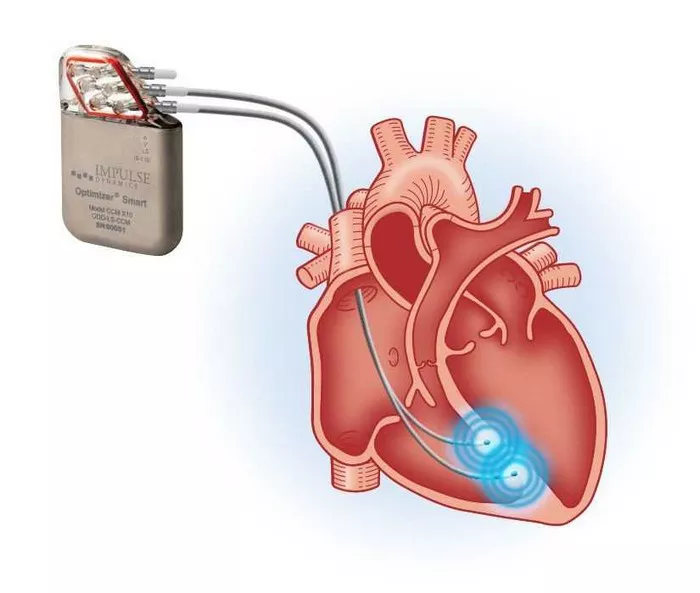Atrial fibrillation (AFib) and atrial flutter are common heart rhythm disorders that can significantly impact a person’s quality of life and increase the risk of serious complications such as stroke and heart failure. While various treatment options exist, including lifestyle changes and procedures like ablation, medications play a crucial role in managing and controlling AFib and atrial flutter. In this article, we will delve into the different types of medicines used for the treatment of these conditions, their mechanisms of action, potential side effects, and their role in improving patient outcomes.
Antiarrhythmic MedicationsAntiarrhythmic drugs are a cornerstone of AFib and atrial flutter management. They work by regulating the electrical signals in the heart, helping to restore normal rhythm and prevent episodes of irregular heartbeat. Common antiarrhythmic medications include:
Class I Antiarrhythmics: These drugs block sodium channels in the heart, slowing down electrical conduction. Examples include flecainide and propafenone.
Class III Antiarrhythmics: These drugs prolong the refractory period of heart cells, preventing rapid firing of electrical signals. Amiodarone, dofetilide, and sotalol are examples of Class III antiarrhythmics.
Other Antiarrhythmics: Medications like verapamil and diltiazem (calcium channel blockers) and digoxin (digitalis glycoside) may also be used to control heart rate in AFib patients.
Anticoagulant MedicationsBecause AFib increases the risk of blood clots and stroke, anticoagulant medications are often prescribed to prevent these complications. Commonly used anticoagulants include:
Warfarin: A vitamin K antagonist that interferes with the blood-clotting process. It requires regular monitoring of the International Normalized Ratio (INR) to ensure therapeutic levels.
Direct Oral Anticoagulants (DOACs): These newer anticoagulants, such as apixaban, dabigatran, edoxaban, and rivaroxaban, have become preferred choices due to their predictable effects and reduced need for monitoring compared to warfarin.
Rate Control MedicationsIn addition to maintaining normal heart rhythm, controlling heart rate is essential in AFib management. Rate control medications help slow down the heart rate, improving symptoms and reducing the risk of complications. Common rate control drugs include:
Beta-Blockers: Drugs like metoprolol, carvedilol, and atenolol reduce heart rate by blocking the effects of adrenaline on the heart.
Calcium Channel Blockers: Verapamil and diltiazem are also used for rate control by inhibiting calcium entry into heart cells, thereby reducing heart rate.
Additional ConsiderationsIt’s important for healthcare providers to consider several factors when prescribing medications for AFib and atrial flutter:
Patient Characteristics: Age, comorbidities, kidney function, and medication tolerance influence drug selection and dosing.
Rhythm vs. Rate Control: The choice between rhythm control (maintaining normal sinus rhythm) and rate control depends on individual patient factors and preferences.
Drug Interactions: Some medications can interact with antiarrhythmics or anticoagulants, necessitating careful monitoring and adjustments.
Side Effects and MonitoringWhile these medications are effective, they can also cause side effects such as fatigue, dizziness, gastrointestinal upset, and in rare cases, proarrhythmic effects. Regular follow-ups and monitoring, including ECGs, blood tests, and assessments of medication tolerance, are crucial to ensure optimal treatment outcomes and minimize adverse reactions.
Conclution
medicines play a vital role in the comprehensive management of atrial fibrillation and atrial flutter. Antiarrhythmic drugs help restore normal heart rhythm, anticoagulants reduce stroke risk, and rate control medications improve symptoms and quality of life. However, individualized treatment plans, careful monitoring, and patient education are essential components of successful AFib and atrial flutter management.
FAQs
Can atrial fibrillation be cured?
While atrial fibrillation (AFib) cannot be completely cured in most cases, it can often be effectively managed and controlled with appropriate treatment. Management strategies typically focus on controlling heart rate, restoring normal heart rhythm (known as rhythm control), and reducing the risk of complications such as stroke. Treatments may include medications, lifestyle changes, procedures like ablation, and managing underlying conditions that contribute to AFib.
Is atrial fibrillation life-threatening?
Atrial fibrillation (AFib) can be serious and potentially life-threatening, especially if not managed properly. It increases the risk of stroke, heart failure, and other complications. However, with appropriate medical care, lifestyle changes, and adherence to treatment, many people with AFib can lead normal lives and reduce their risk of serious complications.
Can I exercise if I have atrial fibrillation?
Exercise can be beneficial for people with atrial fibrillation (AFib), but it’s crucial to do so under the guidance of your healthcare provider. Regular physical activity can help improve cardiovascular health, reduce stress, and improve overall well-being. However, it’s essential to choose activities that are safe for your condition, monitor your heart rate during exercise, and avoid excessive exertion or activities that trigger AFib episodes. Your healthcare provider can help develop a personalized exercise plan that suits your needs and limitations.


